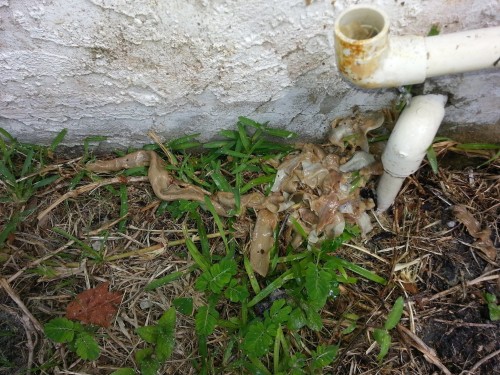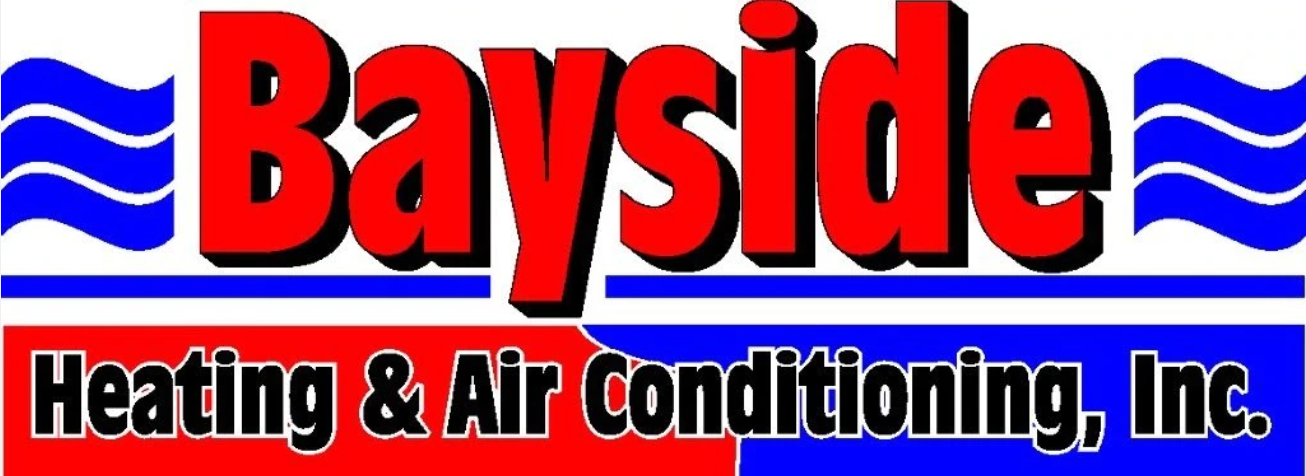Keeping your HVAC drain line clear is key to avoiding issues like leaks, mildew and water stains on your wall or ceiling. Some HVAC drain lines will tie into your houses plumbing system. In some cases, you may need to call your plumber instead of an HVAC technician. Knowing where your drain line is connected is important to call the right type of technician.
Drain lines in your home
In newer homes, condensate drains are tied most often to bathroom drains.
Common drain lines inside your home include in your bathrooms (sinks, shower or tub, toilet), kitchen (sink, water line to your freezer), laundry room, and water heater. The thinking is that any water that is collected by the condensate drain can be swiftly and efficiently drained out of the home through progressively larger pipes as it exits your home through the sewer line. The trap in the bathroom sink also prevents the sewer gasses from coming into your home and into your air conditioning system.
In older homes, condensate lines located in the attic where the evaporator coil is busy removing humidity and cooling the air with refrigerant-charged lines are not tied to a home’s plumbing system. They may have a separate exit point from the home. Whether your HVAC system is tied to your plumbing or not, when drains get clogged, they are a messy business.
Drain maintenance

It pays to be vigilant when it comes to keeping your home drain lines clear of clogs. Plumbers often recommend regular maintenance by adding a biological/enzymatic cleaner that can organically remove sludge, algae, slime, and gunk. Skip harsh chemical-based drain-clearing products, like Drano or Liquid Plumr, which can damage fixtures and pipes and is dangerous to people and the environment. If you have a slow drain anywhere in the house, fix it or have it fixed right away. If the drain is in your bathroom sink, you can remove the p-trap (curved pipe underneath the sink) to clean out any clogs pretty easily.
If you have a slow-draining sink or other drains anywhere in the home and your home’s HVAC system is tied into your plumbing system, it can cause problems in the form of water leaking where it shouldn’t be when water backs up through the system. Sinks or other drains that are not used often are at particular risk of causing these problems.
If you are in an older home, a plumbing clog in the house won’t affect the condensate drain, but the condensate drain is still at risk of clogs too if not regularly maintained. It is easy for homeowners to maintain an HVAC condensate drain by pouring vinegar down the drain on a quarterly basis.
Locating your condensate drain

Older homes may have condensate drains that drain to the outside.
If you have water pouring from your ceiling, the leak could be from a clog in your plumbing system or it could be your HVAC condensate drain overflowing because it is stopped up. One way to tell is to locate your condensate drain, which will usually be sitting above an open drain pan in your attic. It will be pretty easy to tell from looking at the pan and the drain if that is the source of the problem.
We recommend “ceiling saver” switches that turn off the air conditioner if the drain pan becomes dangerously close to overflowing. By cutting power, the HVAC system will stop working. This will give you time to call an HVAC technician to come out and diagnose the problem. If you already know what the problem is, it can make it that much faster to solve. During the hotter months, which is most of the year in our area, condensate drains can easily become clogged because of the growth of algae and slime because they are located in a humid environment where the air conditioner is actively removing water from the air. Installation of an ultraviolet lamp in your evaporator coil can slow this process down quite a bit, and the ceiling saver switch is also a bit of extra insurance. We can also install an algicide pad in your drain which can last up to six months and which continuously releases an ammonia-based quat, a sanitizing compound that helps prevent the build-up of slime in your system.
Give us a call
Give Bayside AC a call if you suspect your HVAC Drain line needs to be cleared out. You can also do it yourself. There are several How To website and videos you can read or watch if you want to try doing it yourself.
CALL TODAY
Call Bayside Heating and Air Conditioning Today!
727.669.4300
